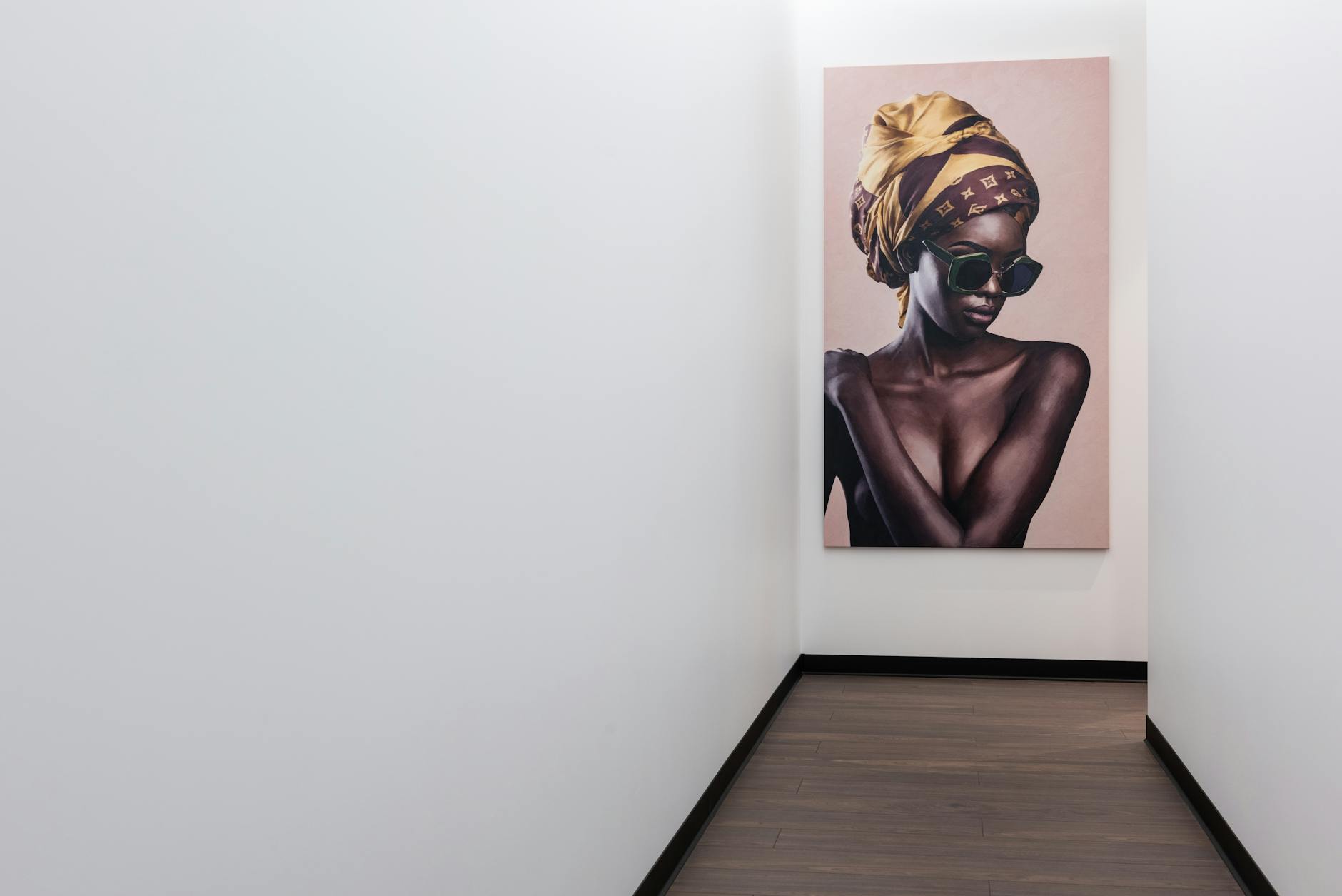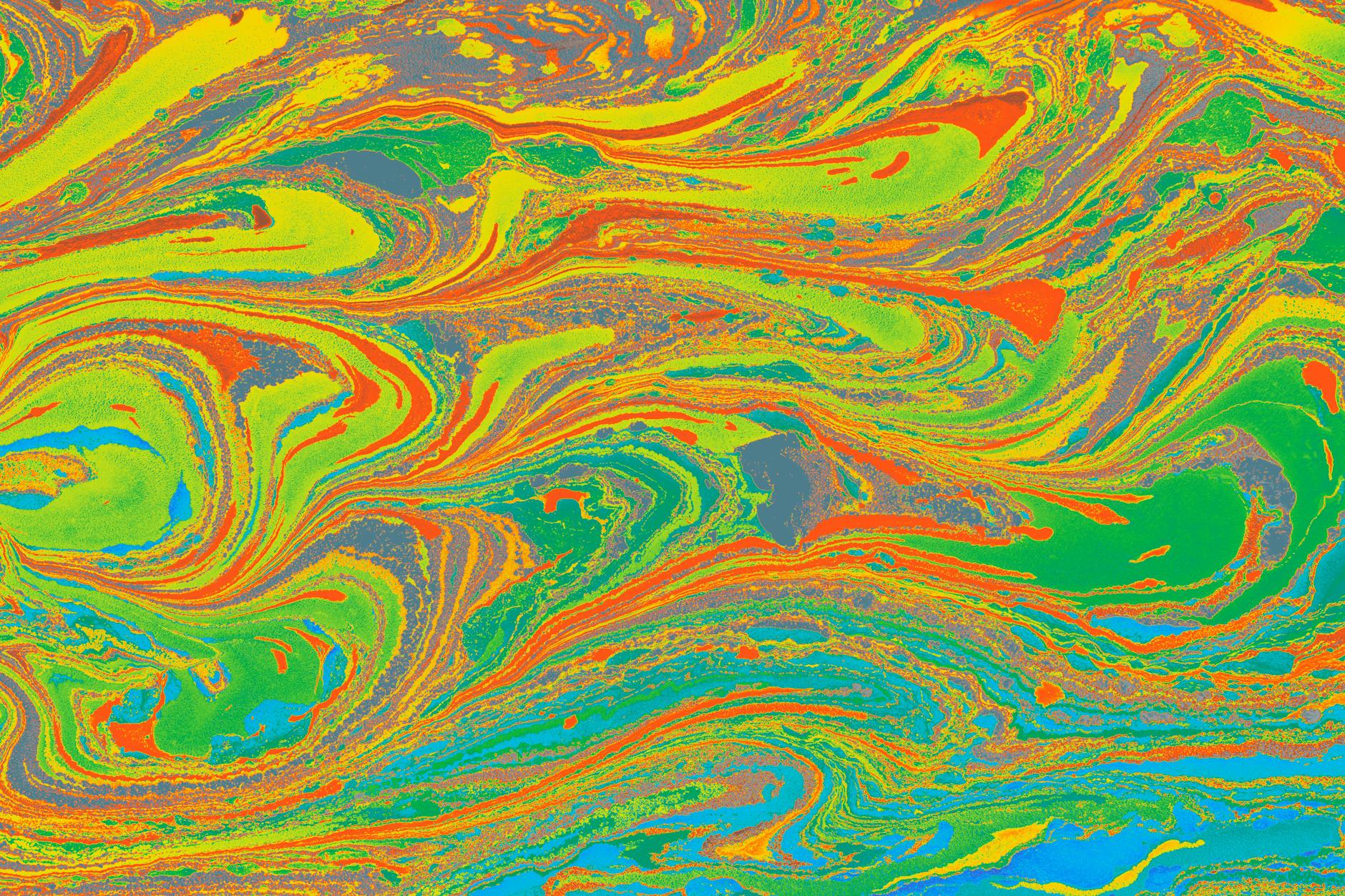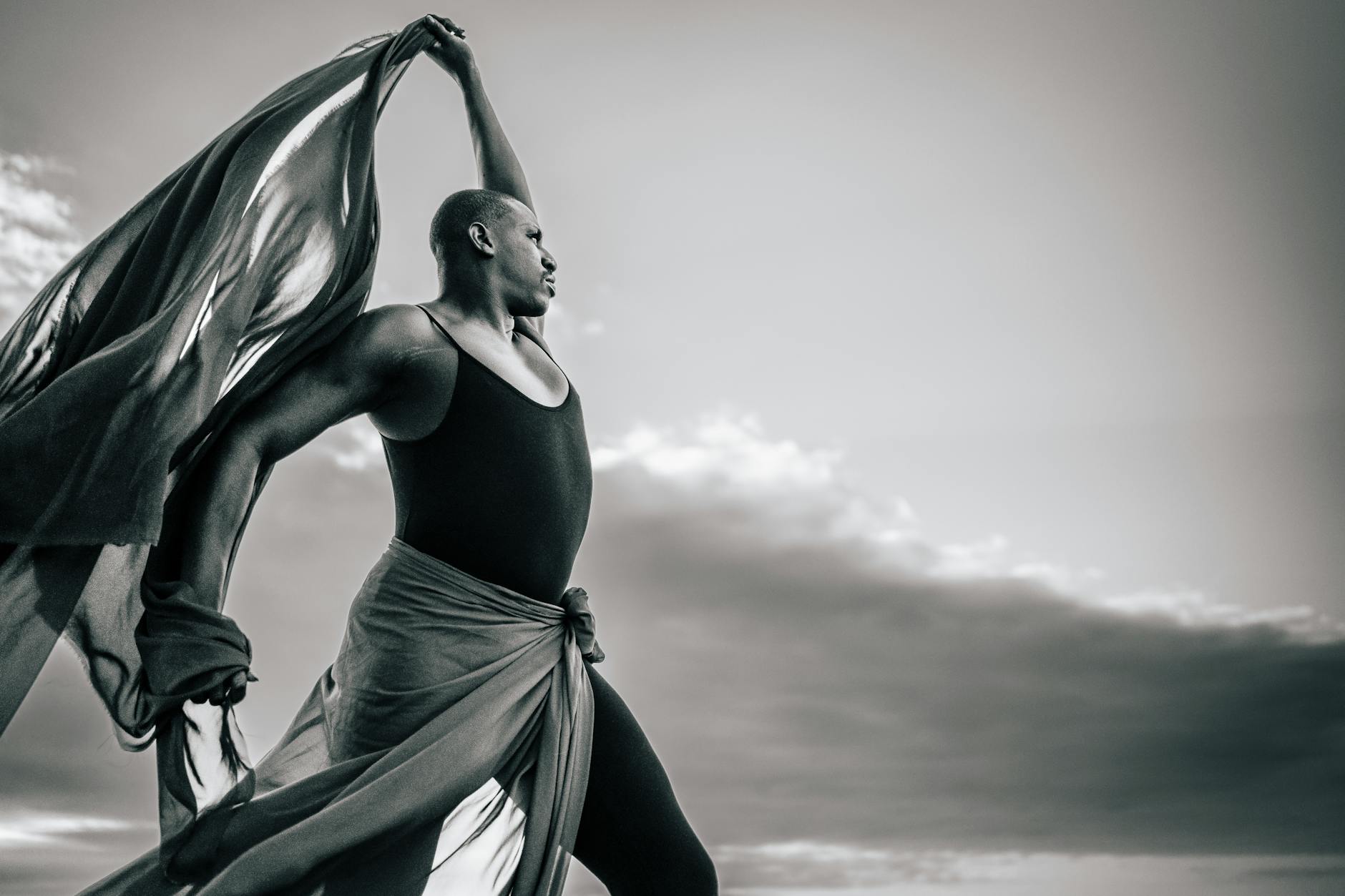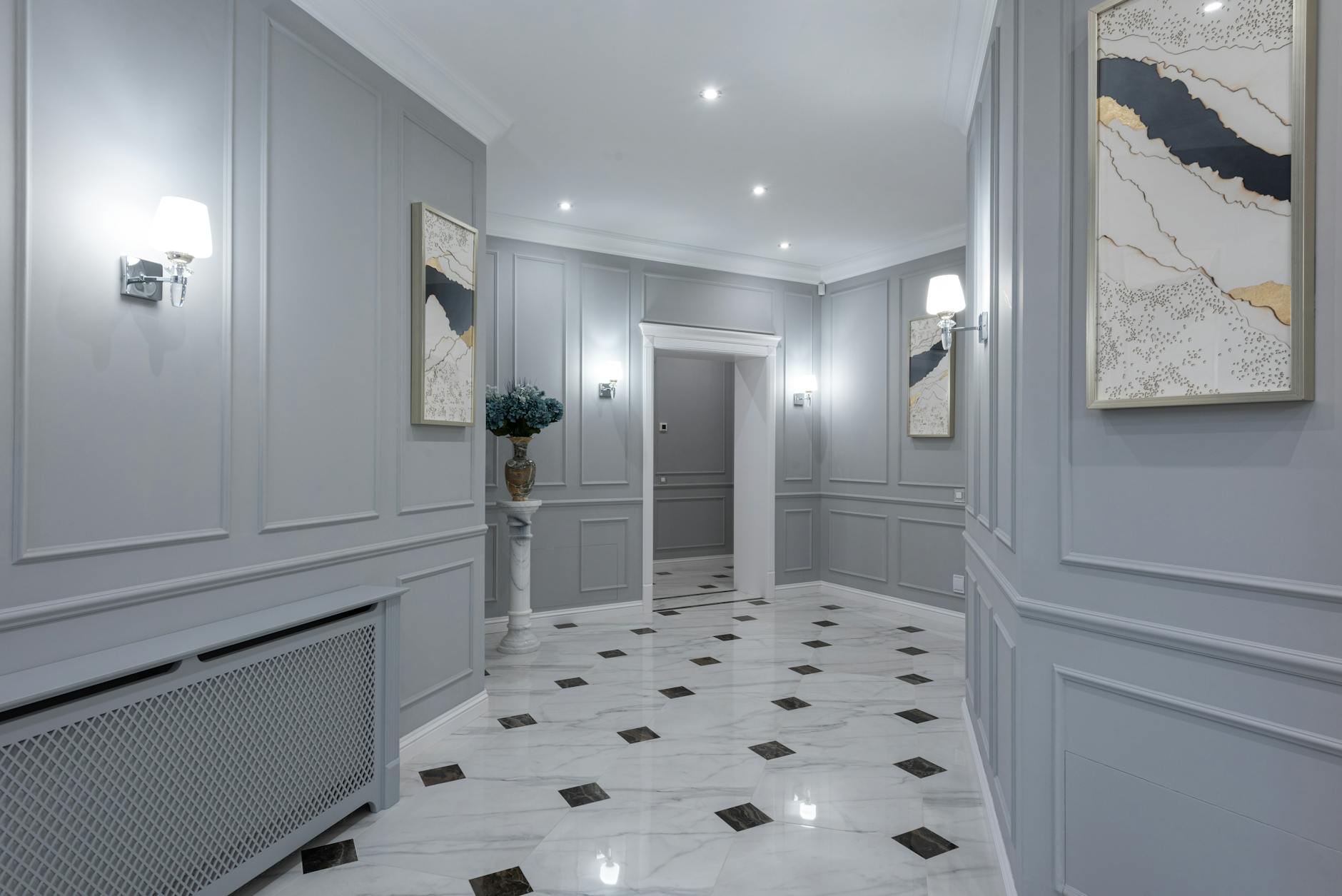The vibrant colors, dynamic shapes, and peculiar symbolism are instantly recognizable when one comes across psychedelic art. Shaped by transcendent experiences and altered states of consciousness, this art form has influenced countless contemporary artists. Yet, the intricate and profound connection between psychedelic culture and modern art transcends simple visual representations.
Psychedelic drugs have been the catalyst for numerous artists to break free from orthodox practices. They induced an alternative, vibrant perspective on the world, stimulating some of the most innovative visions in modern art. Both professional and hobbyist artists sought solace in these substances, seeking radical departures from their previous artistic routines.
This art movement of the 1960s found its visual inspiration in the altered states of consciousness, exploiting art to express the ineffable. Using symbols and visual tools, artists strived to capture their spiritual awakening and manifest it on the canvas. This intuitive interpretation of profound experiences found its roots in older art movements such as abstract expressionism and surrealism, given a unique twist by the influence of psychedelics.
Abstract expressionism, for instance, hinges on the artist’s subjective emotional state. It encourages evoking emotion through non-representational forms, giving artists vast liberty in their mode of expression. Thus, the psychedelic simulated transformative states became ideal for artists subscribing to this movement. When the line blurs between reality and imagination, the unconscious mind sketches its own reality, magnifying the power of abstraction.
Surrealism, on the other hand, thrives on dreams, fantasies, and the irrational. Influenced by the theories of Sigmund Freud, surrealists dove into the uncharted territories of the subconscious mind. Psychedelics acted as an unlocked gateway to these mysterious realms, catalyzing the surrealists’ journey and allowing them sonic boom in their own mind’s cosmos.
Another significant influence of psychedelics on modern art is the emergence of visionary artwork. These works aim to offer a glimpse into otherworldly realms beyond everyday human experience, often inspired by spiritual or mystical themes. The mystical experiences elicited by psychedelics naturally fed into this kind of art. Artists began to craft the visual narratives of their spiritual journeys, producing detailed, intricate compositions that explored profound psychological experiences and metaphysical states.
Nonetheless, the pharmaceutical enigma has not only enhanced the visual creativity of contemporary artists but has nudged them towards exploring the subtleties of the human experience. Psychedelic festivals now host artistic workshops, inspiring attendees to tap into their inner creativity.
Moreover, the spirit of self-exploration underlying the psychedelic experience resonates powerfully with the broader shifts in artistic practice and cultural trends in the 20th and 21st century. The emphasis on individual expression, experimentation, and demystification of the creative process echoes within the realms of contemporary art.
The psychedelic experience has become a transformative tool, compelling artists to venture beyond their comfort zone. And as they traverse the annals of their perception, they extract out the ineffable and clothe it in colors, symbols, and shapes – forming a tangible trace of their internal journey. This skill, so prized in art, pays homage to an unseen muse: psychedelic substances.
In conclusion, the influence of psychedelics on modern art cannot be understated. From invoking spiritual awakenings to proliferating abstract expressionism and surrealism, the psychedelic culture revolutionized art. It helped to evolve the medium into a powerful representation of human perception, integrating the spiritual, the emotional, and the intellectual.
Psychedelics, once dismissed as fringe indulgence, emerged as potent catalysts in redefining the direction of modern art, reshaping the pathway towards creativity and self-expression. They changed how artists perceive and depict their reality, breaching new frontiers in artistic expression and redefining the boundaries of the possible.
Sources:
1. Artsy
2. The Art Story








